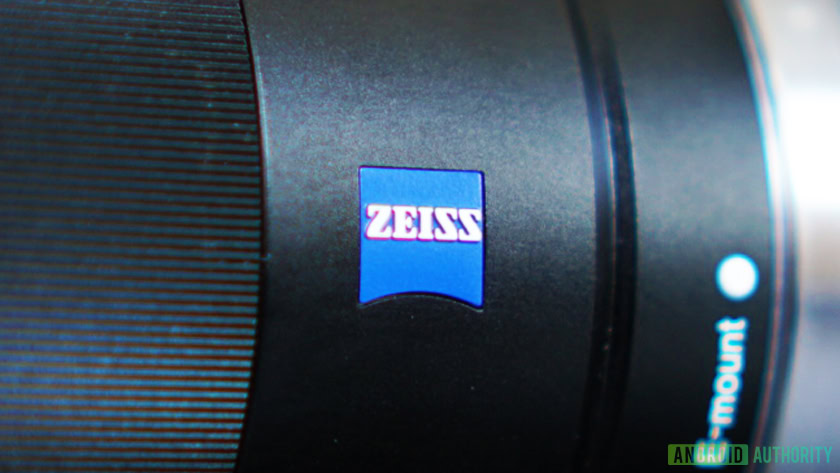Affiliate links on Android Authority may earn us a commission. Learn more.
ZEISS CEO: '40MP is already more than enough' for smartphone cameras

During an opening event for the Museo Camera — India’s first museum dedicated to photography — Carl ZEISS AG CEO Michael Kaschke talked a bit about smartphone cameras and computational photography in general (via Indian Express).
It seems Kaschke is impressed by advances in smartphone cameras over the past few years. However, it also seems he’s pessimistic that further advances in pixel binning will do much good. He also seems to think professional photographers will never see the same photo quality from cameras as they can get from pro equipment.
As far as pixel binning goes, Kaschke is very clear:
More pixels are not necessarily better. Why? If you stay with the full-frame sensor and divide that sensor into more and more pixels, the pixels become smaller and smaller, and then you get into a noise problem. I think for most of the applications, also serious professional applications, my guess would be that 40MP is already more than enough.
In Kaschke’s opinion, smartphone OEMs are racing to outdo one another with camera features and new camera sensors because smartphone sales around the world are dipping. Even though a 40MP sensor is already overkill, according to Kaschke, that won’t stop smartphone companies from pushing the “feature” to sell more phones.
Here’s his statement surrounding that opinion:
I would say the image taking capabilities of a smartphone will once again, as a couple of years ago, have become a differentiator in smartphone technology. Otherwise, you already see a flattening revenue number in smartphones. So I don’t think they will be adding another app or another software feature to drive the volume. What will drive the volume again is the increased performance of photography on the smartphone.
Kaschke also thinks that smartphone cameras will never be as good as traditional DSLRs or other pro equipment. Although computational photography is making the amateur photographer’s photos much better than ever before, the hardware limitations of smartphones will always keep pro-grade equipment better and in demand.
Finally, Kaschke had some good things to say — as well as some criticism — about the Nokia 9 PureView, which includes ZEISS optics:
The optical quality on the [Nokia 9 PureView] is probably one of the best that you can find. But as I said before, the optics, the smartphone, and the software have to work perfectly together. I see that computational imaging is still in its early stage and multi-lens photography on the smartphone is just in the making, and I still think we all have to go for it.
In other words, the Nokia 9 PureView has some amazing optical quality, but the software and smartphone hardware working in tandem with those optics might not have been the best.
For the record, in the Android Authority review of the Nokia 9’s camera, we found images to be sub-par as compared to other computational systems currently available.
What do you think? Is Kaschke way off the mark with these statements, or is this some refreshing truth talk about smartphone cameras? Let us know your opinions in the comments!
NEXT: Nokia 9 PureView camera review: More isn’t always better